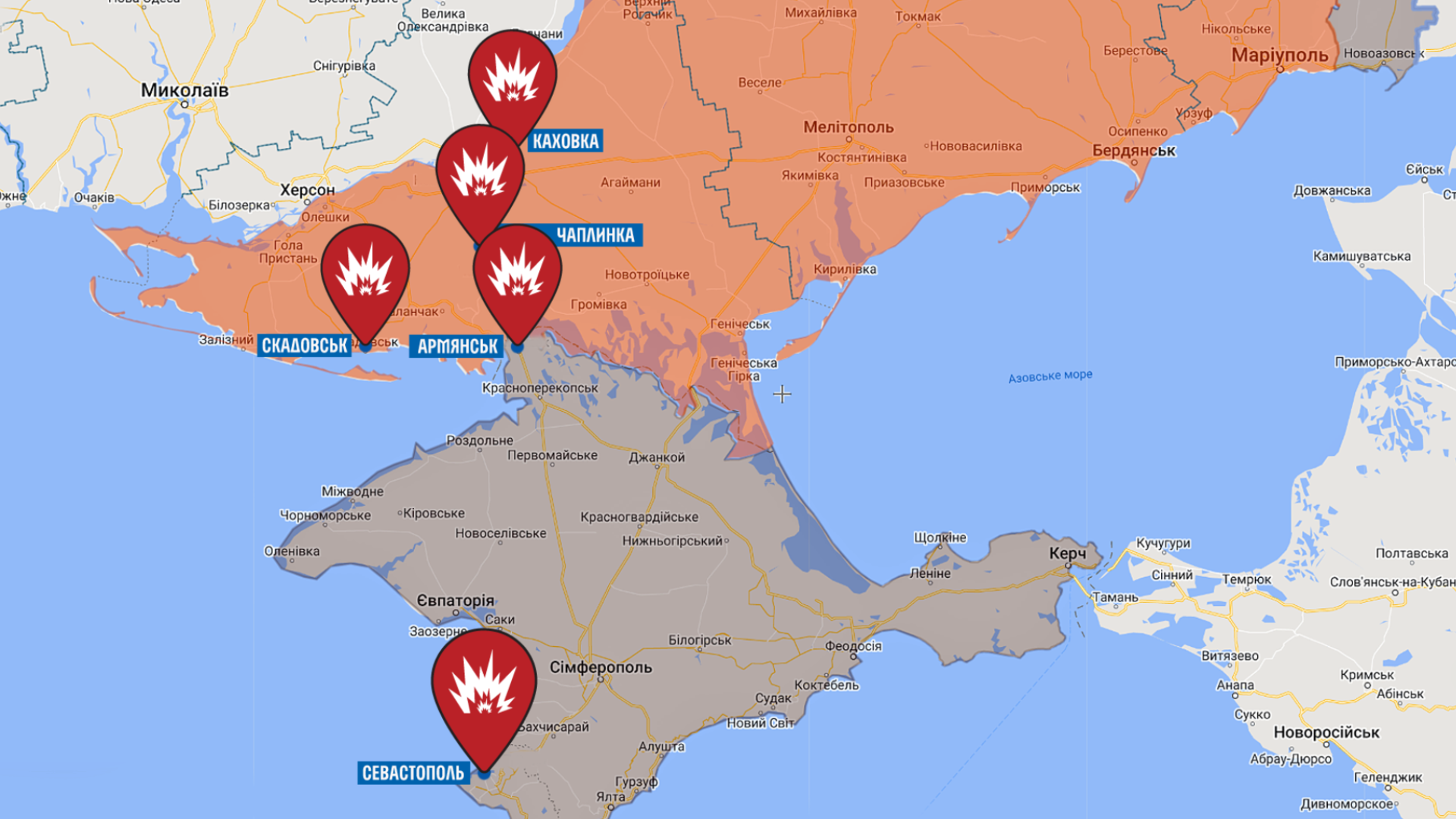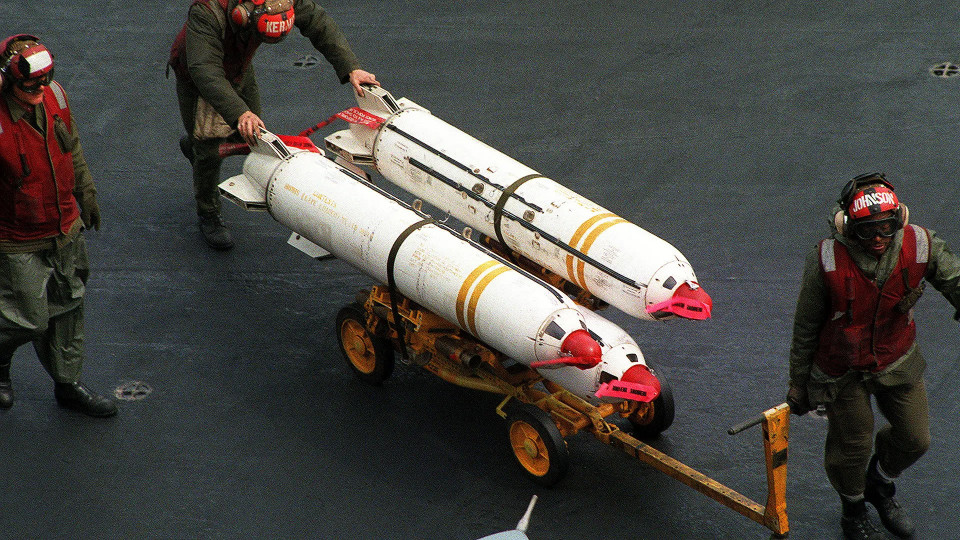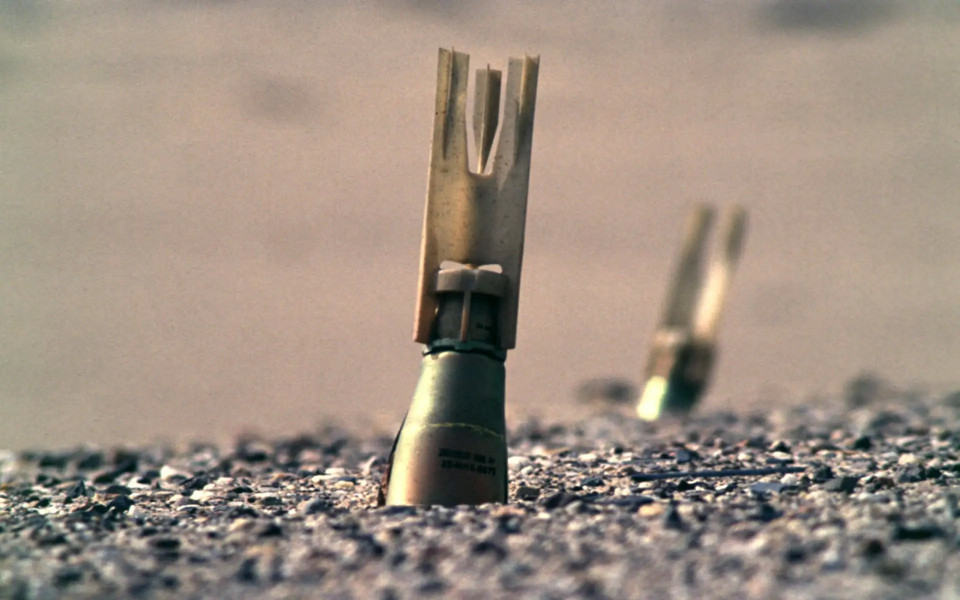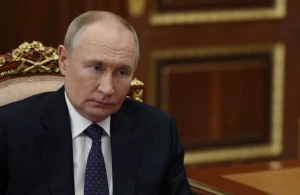
Black Sea situation, Grain Initiative and drone ammunition - military expert Zgurets
Grain deal terms expire on March 18, and the UN insists on another extension
Black Sea situation and Grain Initiative
During his visit to Ukraine, UN Secretary General Antonio Guterres discussed the continuation of the "grain agreement" with the country's leadership. The agreement allowing Ukrainian grain to be exported through the Black Sea expires on March 18, and the UN is pushing for its extension. However, Russia has stated that it will only agree to an extension if the interests of its own agricultural producers are taken into account.
Apart from the economic aspects of the "grain agreement", there may also be a military dimension related to international initiatives on demining water areas near ports.
Andriy Klymenko, the editor-in-chief of the BlackSeaNews portal, initially believed the "grain agreement" to be entirely non-military in nature. However, it is now unclear whether the Turkish naval forces are monitoring the ships heading towards the ports of Odesa or Istanbul. As this information is classified, any conclusions can only be speculative without any concrete evidence.
The issue of demining remains relevant to the agreement. It is assumed that minesweepers belonging to the naval forces of Bulgaria, Romania, and Turkey are carrying out their duties. The media has reported nearly 60 cases of demining, highlighting the necessity of this task. The presence of mines in water is an ever-present danger, and the work of the minesweepers is critical. Fortunately, there have been no incidents with the vessels, which is an affirmation of the effectiveness of the minesweeping operations.
Russian Black Sea Fleet
Klymenko added that during one of the recent missile attacks on Ukraine, the Black Sea Fleet missile ships were located south of Sudak and Feodosia. Typically, these missiles were launched from an external raid near Sevastopol. However, after the Russian warships were damaged by Ukrainian missiles during the attack on the Sevastopol base on October 29, 2022, Russia began to withdraw its warships to the military base in Novorossiysk. Currently, most submarines and 40-60% of missile ships are stationed in Novorossiysk, meaning that Sevastopol is gradually losing its function as a safe naval base. The pace of this development will depend on how Ukraine responds to long-range missiles. The Neptune missile, for instance, has a declared range of up to 300 km, which is the distance from Odesa to Sevastopol. The more missiles we have with such parameters, the more the Russian Black Sea Fleet will move to Novorossiysk.
The one that possesses Crimea has full control over the water area of the Black Sea. With the Kalibr missiles situated in Crimea, Russia has the ability to control almost all the coastal states from positions on the peninsula, and no one likes that. Romania, Bulgaria, and Turkey will feel relieved once Russia withdraws its troops from Crimea. As long as Russian troops remain there, it is unlikely that the conflict will come to an end, and a ceasefire agreement is unlikely to be reached. This is because the presence of Russian troops in Crimea is perceived as a threat by all the Black Sea states, and the situation is comparable to a gun held to their temples.

Crimean Bridge condition
According to the editor-in-chief of BlackSeaNews portal, accurately assessing the condition of the Crimean bridge is difficult. Repair work is ongoing, and ferries continue to operate across the Kerch Strait, which indicates that the bridge is not functioning at full capacity. On the day after the bridge's launch, the Kerch ferry crossing was closed, and presently, four ferries run regularly, carrying heavy loads like buses and trucks. Thus, the Crimean bridge is certainly not functioning at 100% capacity.
Moreover, Russia is concerned about the Crimean Bridge's construction using anti-seismic technology, which allows the surfaces on which vehicles move to be loosely connected to the supports. This means that the bridge surface can be displaced and moved by an explosive wave, and it cannot be repaired. Russia just has to accept this situation.
If we want to de-occupy Crimea now, we must tell millions of Russians who came along with their military to go home while the Crimean bridge is still standing.
Ammunition for drones
We require additional ammunition besides large caliber and 155 mm ammunition. The specialists from the 103rd brigade of the Armed Forces of Ukraine, who operate the strike drones, recently released a video demonstrating how they transform NATO ammunition from an automatic grenade launcher into a bomb that can be dropped from a civilian copter to eliminate enemy forces or tanks. While most of our strike drones use improvised explosive devices, creating a self-explosive device can be perilous due to the risk of triggering the striker during cutting, resulting in an explosion. Developing ammunition for attack drones is also dangerous. Currently, we do not possess any universal explosive device for drones.
Recently, the Ministry of Defense held meetings with drone developers to discuss the possibility of creating universal ammunition for drones to be used for various purposes. In addition to developing their own ammunition, the Ukrainian government has requested cluster bombs from the United States.

According to military expert Ivan Kyrychevskyi, Ukrainian representatives have requested Mk-20 or CBU-100 cluster bombs from their American counterparts. These aerial bombs contain numerous cumulative cluster munitions, which Ukraine plans to extract and use as standard ammunition for dropping from drones. This is a much better alternative than the improvised explosive devices that fighters are currently using.

- News














































